 Ever wonder why some people seem to be very successful, highly motivated individuals? Where does the energy, the drive, or the direction come from? Motivation is an area of psychology that has gotten a great deal of attention, especially in the recent years. The reason is because we all want to be successful, we all want direction and drive, and we all want to be seen as motivated.
Ever wonder why some people seem to be very successful, highly motivated individuals? Where does the energy, the drive, or the direction come from? Motivation is an area of psychology that has gotten a great deal of attention, especially in the recent years. The reason is because we all want to be successful, we all want direction and drive, and we all want to be seen as motivated.
There are several distinct theories of motivation we will discuss in this section. Some include basic biological forces, while others seem to transcend concrete explanation. Let’s talk about the five major theories of motivation.
Instinct Theory
Instinct theory is derived from our biological make-up. We’ve all seen spider’s webs and perhaps even witnessed a spider in the tedious job of creating its home and trap. We’ve all seen birds in their nests, feeding their young or painstakingly placing the twigs in place to form their new home. How do spiders know how to spin webs? How do birds now how to build nests?
The answer is biology. All creatures are born with specific innate knowledge about how to survive. Animals are born with the capacity and often times knowledge of how to survive by spinning webs, building nests, avoiding danger, and reproducing. These innate tendencies are preprogrammed at birth, they are in our genes, and even if the spider never saw a web before, never witnessed its creation, it would still know how to create one.
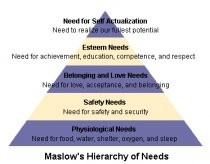 Humans have the same types of innate tendencies. Babies are born with a unique ability that allows them to survive; they are born with the ability to cry. Without this, how would others know when to feed the baby, know when he needed changing, or when she wanted attention and affection? Crying allows a human infant to survive. We are also born with particular reflexes which promote survival. The most important of these include sucking, swallowing, coughing, blinking. Newborns can perform physical movements to avoid pain; they will turn their head if touched on their cheek and search for a nipple (rooting reflex); and they will grasp an object that touches the palm of their hands.
Humans have the same types of innate tendencies. Babies are born with a unique ability that allows them to survive; they are born with the ability to cry. Without this, how would others know when to feed the baby, know when he needed changing, or when she wanted attention and affection? Crying allows a human infant to survive. We are also born with particular reflexes which promote survival. The most important of these include sucking, swallowing, coughing, blinking. Newborns can perform physical movements to avoid pain; they will turn their head if touched on their cheek and search for a nipple (rooting reflex); and they will grasp an object that touches the palm of their hands.
Drive Reduction Theory
According to Clark Hull (1943, 1952), humans have internal internal biological needs which motivate us to perform a certain way. These needs, or drives, are defined by Hull as internal states of arousal or tension which must be reduced. A prime example would be the internal feelings of hunger or thirst, which motivates us to eat. According to this theory, we are driven to reduce these drives so that we may maintain a sense of internal calmness.
Arousal Theory
Similar to Hull’s Drive Reduction Theory, Arousal theory states that we are driven to maintain a certain level of arousal in order to feel comfortable. Arousal refers to a state of emotional, intellectual, and physical activity. It is different from the above theory, however, because it doesn’t rely on only a reduction of tension, but a balanced amount. It also does better to explain why people climb mountains, go to school, or watch sad movies.
Source: allpsych.com
You might also like:
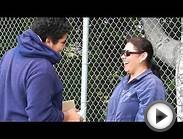
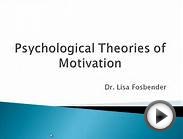
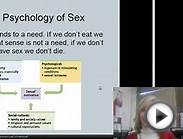
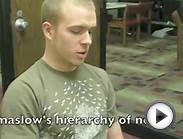
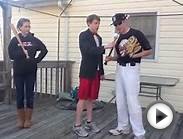
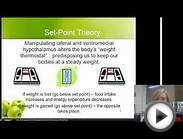
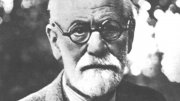
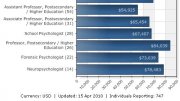


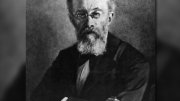



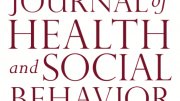






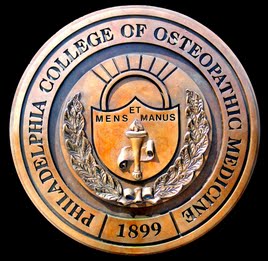 The Philadelphia College of Osteopathic Medicine (PCOM) is one of the oldest and largest osteopathic medical schools in the United States. Founded in 1899, it is home to over 1800 medical students as well as graduate-level students in several other fields of health...
The Philadelphia College of Osteopathic Medicine (PCOM) is one of the oldest and largest osteopathic medical schools in the United States. Founded in 1899, it is home to over 1800 medical students as well as graduate-level students in several other fields of health...